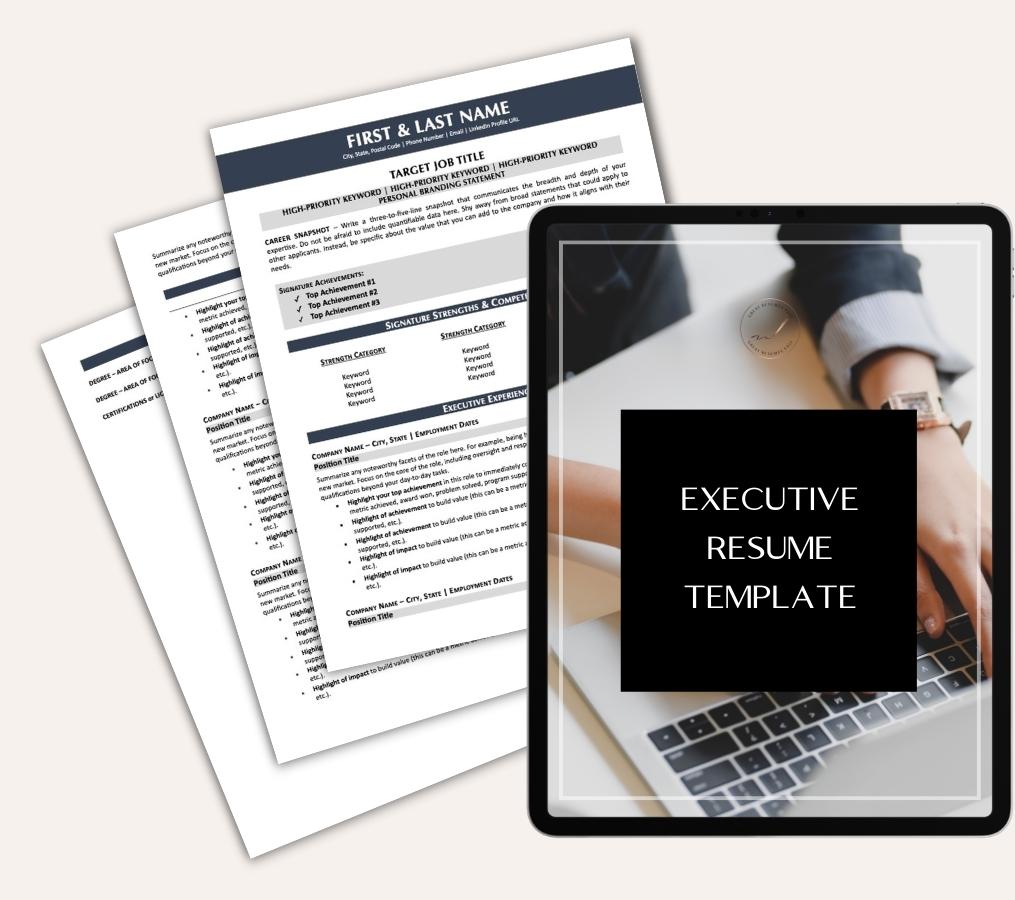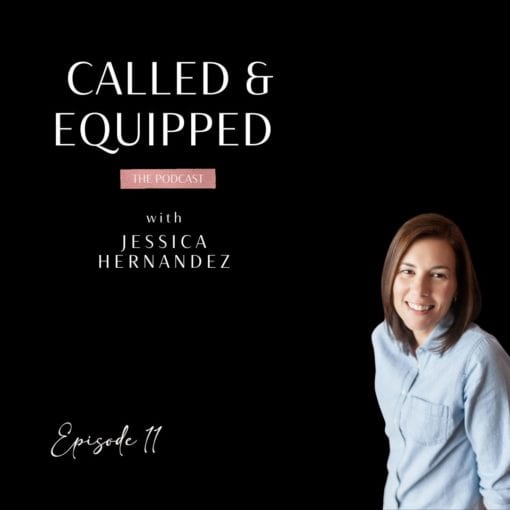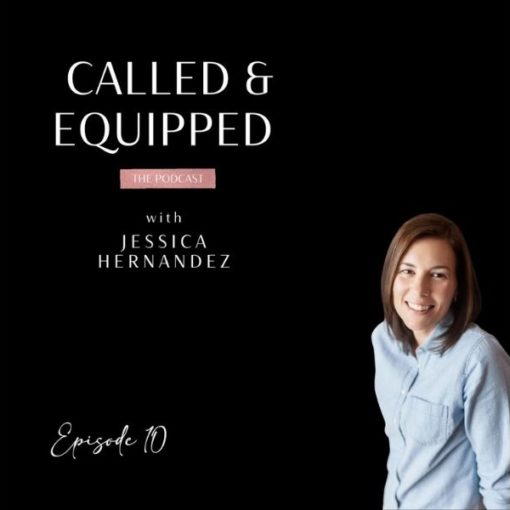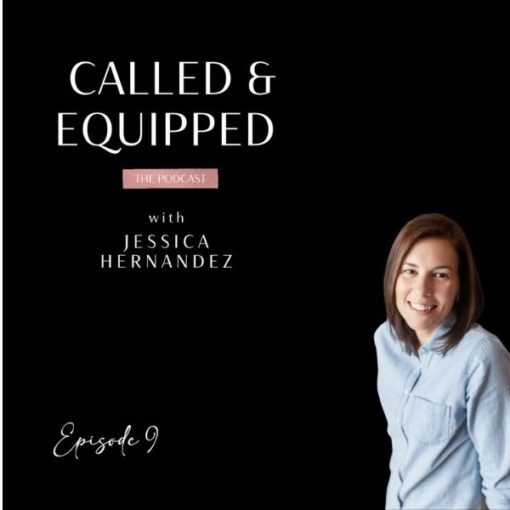Podcast Episode #2: What Your Resume Needs to Look Like in 2021
Raise your hand if you’ve ever felt like the resume writing process is never-ending, overwhelming, or a pain.
Today I’m sharing seven tips and actionable strategies for what your resume needs to look like in 2021. Because the job market and job search process have changed dramatically (thank you, 2020), if you’re going to stand out, you need to freshen up your resume and make sure it aligns with the modern hiring process.
Let’s jump in!
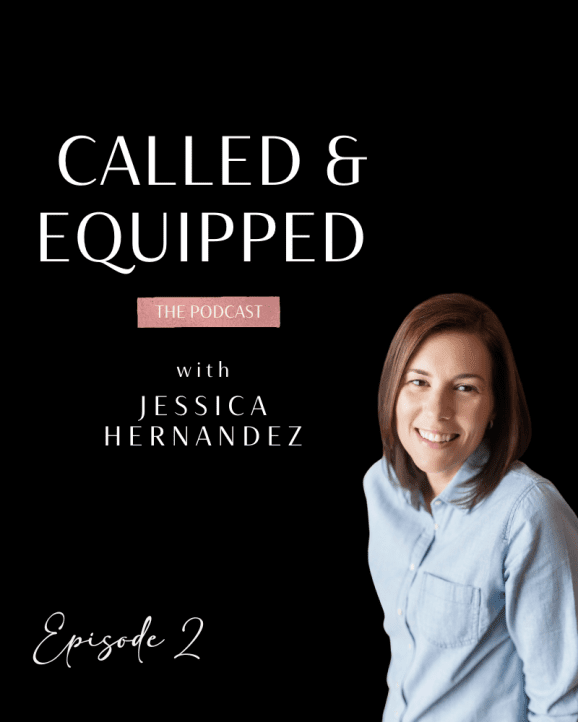
I asked my LinkedIn followers to fill in this blank: The resume writing process is ________________.
Most of the responses reflected just how challenging the process can be. Some of my favorite responses were:
“Like a game of Tetris, with fire.”
“Traumatic and cathartic.”
“Like baking a cake for Cake Wars and hoping your creation blows the judges away. 🎂”
“Writing the perfect CliffsNotes about a lifelong novel.”
And then someone shared this picture:
I’m going to take a guess that if you’re reading this, chances are you probably feel similarly.
It’s not easy trying to condense 10, 15, or 20+ years of work history into two pages. Especially if you’re not 100% sure what’s important to include or leave out, and what will make the biggest impact on employers.
That’s why today I’m sharing seven tips and actionable strategies for what your resume needs to look like in 2021. Because the job market and job search process has changed dramatically (thank you, 2020), if you’re going to stand out you need to freshen up your resume and make sure it aligns with the modern hiring process.
Let’s jump in.
What Your Resume Should Look Like in 2021
Your resume needs a clear position and industry target. It should be focused on that one role and the entire resume should support the role you’re targeting by using hard skills, keywords, and soft skills that align with the requirements of the role, and by using accomplishments and quantifiable results that relate to the position.
And here’s a pro tip for you: include the position title you’re targeting at the top of your resume. I see so many resumes that say “marketing professional, sales professional, or HR professional.” But the thing is, employers don’t use those terms to search their databases or job boards. They use the position title or hard skills to find candidates that are a fit.
Make sure you include the position title at the top of your resume right underneath your contact info and right above your career summary.
Next, support your target position with how you add value.
This is the #1 challenge I hear from job seekers. “It’s hard to write a resume that reflects my value.”
One of the best ways to do this is by focusing on your accomplishments. We use a framework called the CAR formula. It’s a way to write your resume bullets so that you can show an example of your accomplishments to prospective employers.
CAR stands for challenge, action, and results.
You start by explaining a challenge you faced, then an action you took to address the challenge, and finally what the results were of the action you took.
When you’re writing the actual bullet it works well to start with the action verb, then convey the result, and wrap up the bullet by sharing the challenge. There are many different ways you can write a bullet using the CAR format, but I recommend always starting with an action verb.
If you need help with action verbs I created a free PDF that includes 178 action verbs and high-impact phrases that you can download. I’ll link to it in the show notes.
Include your strengths with an equal combination of hard skills and soft skills.
I’m often asked about the difference between hard skills and soft skills. Both play a crucial role when writing your resume.
Hard skills are the keywords employers use to search/scan resumes. They look for hard skills to see if you have the professional, technical, or academic qualifications for the role.
Soft skills are the EQ and personality skills that make you a great people person, enable you to lead or motivate others, and contribute to teamwork.
Both have an important place on your resume.
Include hard skills to increase your resume’s ability to populate in search results and show you have the skills for the role.
Incorporate examples of the results you’ve achieved because of your soft skills to show employers you’re a good culture and people fit.
Optimize for applicant tracking systems and for humans who scan and skim.
Your resume has multiple audiences so while it needs to be optimized to show up in search results when a hiring manager searches a candidate database or job board for resumes, it also needs to appeal to the hiring manager screening the resume to determine who to interview.
The best way to do this is to provide content that appeals to both audiences. As I mentioned earlier, hard skills are typically the keywords recruiters use to search in candidate databases and they’re also the keywords they’ll look for when skimming your resume.
Beyond the content, though, it’s important to ensure the design and format of your resume is optimized for ATS and humans.
Here are a few key resume writing tips to help you with this:
- Use a position title at the top of your resume, as I previously mentioned.
- Keep paragraphs such as your career summary to three to five sentences—that way it’s not too text-dense.
- Along the same lines, make sure that you’re not listing more than three to five bullets together. Anything more than that and the resume loses its ability to be quickly scanned.
- Create a keyword/ core competencies section that includes 12 to 15 of your hard skills. Save soft skills for your bullets.
- Create a notable accomplishments section where you highlight two to three of your top achievements—the ones you want to make extra sure that the hiring manager sees and doesn’t miss. These will go in the top third of your resume. Use a color border, shading, or bold text to draw attention to this section.
For more tips on optimizing your resume for ATS, read this blog here.
Incorporate branded content. Brand your resume—quotes, results, your onlyness factor.
Social proof is an excellent way to validate the quality and effectiveness of your work. You can solicit short quotes or testimonials from your network and former supervisors, or pull them from recommendations on your LinkedIn profile.
Avoid choosing vague statements like “John is a great guy. We really value what he did for us.” Instead choose a testimonial that’s specific: “John always goes the extra mile for his clients. Because of his exceptional client care, he secured a $2M contract with a previously competitor-aligned company.”
Using a short quote is a great way to brag about yourself without bragging about yourself, which is wonderful for those who are uncomfortable boasting about their wins. It also provides the much-needed proof and validation that employers are so hungry for.
Finding common themes across your career can help you develop your personal brand if you’re unsure what it is, or clarify your message if you already know your brand. I can’t recommend the Reach personal branding survey enough if you’re in the discovery phase of the branding process.
Here are some questions you can ask to look for those themes:
– What benefit or contribution do you add to the company?
– What key achievements or successes have you earned time and time again? Big sales? Successful restructurings?
– What would you say is unique about yourself and how you do what you do?
– What do others see as the value you add?
– Read through your LinkedIn recommendations and past performance evaluations and look for themes. When you put similar words and phrases together, what picture do you get?
– What do others say are your greatest strengths or most valuable qualifications?
– How do others describe you?
– What do your boss, team, or direct reports come to you for on a regular basis?
Modern design. Don’t be afraid of borders, shading, visuals, and graphs.
Let’s go ahead and talk about this controversial tip right now. Every time I recommend that your resume layout include visuals, borders, graphs, graphics, charts, or shading, someone pops up and asks “What about ATS?”
OK, what about ATS?
You can create an ATS-optimized version of your resume that doesn’t include charts, graphs, or visuals. However, eventually your resume is going to get to a human reader and they’re going to be the one deciding whether to call you for an interview for that executive position you want.
Using charts, graphs, and visuals will not automatically kick your resume out of ATS. There are many ATS that can read these (technology is advancing). Even the archaic versions of ATS that some companies may still use can read a resume that uses borders, shading, and color.
Yes, there has to be balance, but you can achieve that balance a few different ways:
1. Have a modern resume version and an ATS-optimized version. When you have to apply through an automated system, use the ATS version. Follow up with an email (if you know the email address) and include a PDF version of your modern, visually engaging resume.
2. Leave out the charts and graphs but use the bolded text, borders, color, and shading that you know will be able to go through the system with no issues.
3. Work around ATS. Find and submit your resume via email, networking, using social media, or applying on LinkedIn where you can upload a PDF version of your resume for employers to see without the hassle of ATS.
You have options when it comes to creating a modern and visually engaging resume. When we work with clients to create a professionally written resume, we create two versions: a modern resume that is visually engaging for the human reader and one that’s more modest in design to breeze through ATS.
If you don’t want to create two versions, then go with option two above and have a balance of both.
Address the pain points by showing everything you can offer.
What are three main challenges this company faces or the person in this role would face? How have I tackled those challenges or similar ones in past positions? Put that information front and center on your resume and in your cover letter.
When I read a resume, I’m not just looking to see if the person has the necessary keywords, skills, and credentials. I’m reading the resume and thinking “Can this person meet the needs I have, solve the problems I’m facing, and contribute in a meaningful way?”
If you have an effective resume, when the employer reads it they should say “That’s exactly what I need help with!”
They should be getting excited about the possibility of what you can do for them based on what you’ve been able to do for others.
This is why it’s important to know and understand the needs and pain points of the employers, departments, and companies that you’re targeting. What needs are unique to them? What problems are they facing and need help solving?
There are some problems that will be the same for a particular role no matter what company you work for. For example, as an HR manager, being able to screen, interview, hire, and onboard new employees quickly is essential to the successful running of a business. If I can cut the hiring time in half, then I’m saving my company money and improving their productivity and efficiency. On the flipside of that, if it takes me months to find and hire a qualified new employee, my company is losing money and valuable time.
When I worked for Medtronic as an employment manager, it used to take them over a month to find, interview, hire, and train new team members. I was able to cut that time in half locating, hiring, and training new team members in two weeks. This increased the team’s productivity by 20% and saved thousands in lost revenue and time. It also became a theme across my human resources career as I was able to do this in several different positions across varying organizations.
I understand how important it is to have the right people in place as quickly as possible. Missing a key person is like limping along versus being able to run at full speed.
Even in my own company we’ve experienced such rapid growth that I’ve had to revamp our hiring and training process to be able to find top-performing resume writers who can dive in and excel immediately at creating effective, professionally written resumes for our clients.
I use my own personal examples to illustrate how to find the needs and pain points of the employer and then write about accomplishments that speak to your ability to meet those needs. If you’re unsure what their greatest needs are, they’re easy to research. Start with Google. Find out what common issues are within the company, position, and industry. You can even check out employer reviews on Glassdoor.com to find out what specific companies are struggling with and where they excel as shared from those with experience within the organization.
Once you know what the company’s struggles are, share examples of how you’ve overcome similar obstacles in your current or previous roles. You can do this using the CAR (Challenge, Action, Result) format:
Challenge: State a challenge or obstacle you encountered.
Action: How did you overcome that obstacle?
Result: What was the result of the action you took?
Include COVID Contributions
Employers want employees who are adaptable and flexible. They’re also looking for employees who are up to date with new technologies like Zoom. Address these EQ skills and tech skills at the top of your resume. Also, consider what contributions you’ve made since the pandemic started and how you’ve added value. Include these accomplishments in your work experience section.
For example, we had a client who worked as a medical device sales rep and actually was responsible for ventilators, which became a huge need. He took initiative and proactively secured the equipment that his clients needed so that his company had what it needed to support their clients. As a result, his sales increased and his clients’ needs were met. This is only one example of how someone could have added value or impact during the pandemic. Think about what your contributions are and make sure to use the CAR format I discussed earlier to convey those accomplishments.
I guarantee that if you can successfully incorporate the above tips in your 2021 resume, the content and visually appealing design will propel it to the top of the hiring manager’s stack. Still feeling like the dog in the picture I shared earlier, trying to brazen it out while the room goes up in flames? Our team of certified resume writers knows just how to present your brand, accomplishments, and hard and soft skills to have the best chance of making your next career move.
Check out this article, if you are looking for more resume writing tips on differentiating yourself from other similar candidates.
If you are considering a career change in 2021, here are 101 resume writing tips for career change resumes.
About Jessica Holbrook Hernandez
Hi! My name is Jessica Hernandez and I’m the President and CEO of Great Resumes Fast. My desire—and the heart of Great Resumes Fast —is to use our expertise and experience within the HR world to help job seekers who do not have the time, experience, or expertise to create interview-worthy resumes.
Let’s connect on LinkedIn, you can send me an invite here.
Share this post:

About the author
Jessica Hernandez, President, CEO & Founder of Great Resumes Fast
Hi, I’m Jessica. I started this company back in 2008 after more than a decade directing hiring practices at Fortune 500 companies.
What started as a side hustle (before that was even a word!) helping friends of friends with their resumes has now grown into a company that serves hundreds of happy clients a year. But the personal touch? I’ve kept that.
You might have seen me featured as a resume expert in publications like Forbes, Fast Company, and Fortune. And in 2020, I was honored to be named as a LinkedIn Top Voice of the year!
I’m so glad you’re here, and I can’t wait to help you find your next perfect-fit position!
Improve Your Resume: Download Your Free Executive Resume Template Today
Are you struggling to create an executive resume that will impress employers? Download this free executive resume template and receive a series of 10 emails with expert guidance on how to write resume content that resonates with employers so you get more interviews.
It's everything you need to stand out, make an impression, and accelerate your job search.
